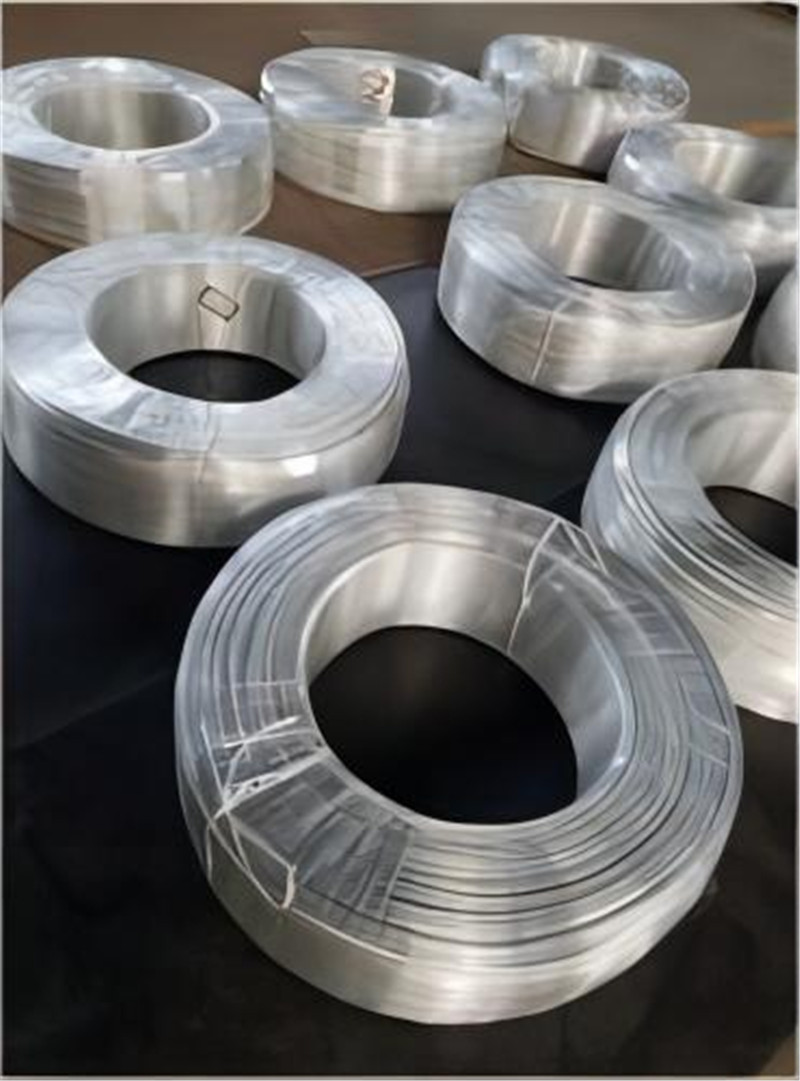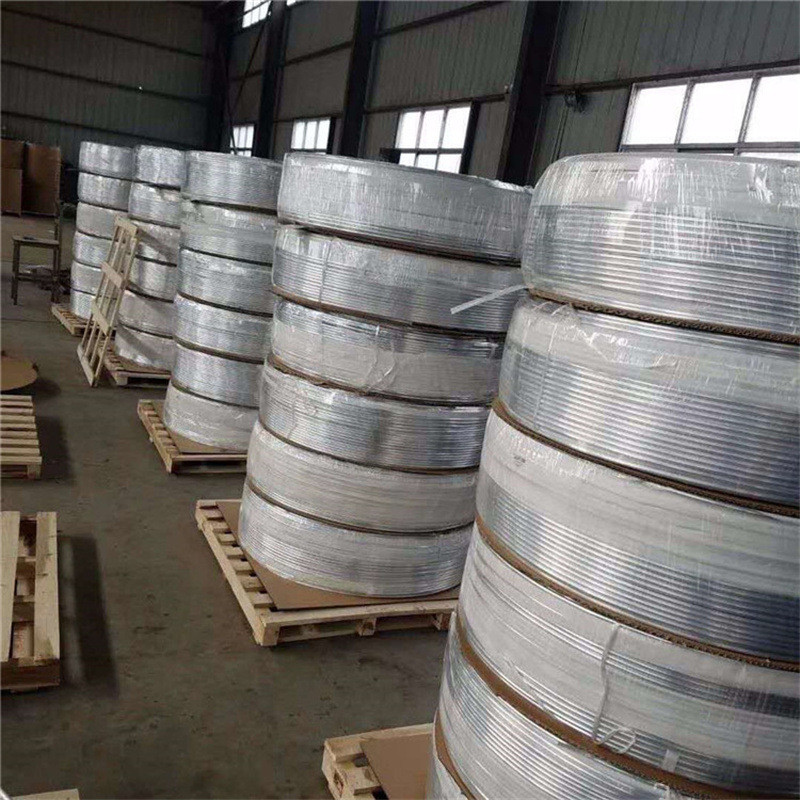304 stainless steel can be effectively soldered to copper in a vacuum using a variety of types and chemical soldering additives (BFM). Filler metals based on gold, silver and nickel can work. Since copper expands slightly more than 304 stainless steel, special attention must be paid to the connection configuration. In this case, the strength of copper will be very low, so it can fit stainless steel without noticeable deformation.
Solder assemblies are typically operated at temperatures up to 4° Kelvin. There are design considerations and limitations, but gold and silver based filler metals are commonly used for this application.
I need to solder a complex assembly, but I don’t know how to solder everything at once. Is multi-step soldering of components possible?
Yes! A professional soldering supplier can arrange a multi-step soldering process. Consider the base material and BFM so that the original solder joint does not melt in subsequent runs.
Typically, the first cycle runs at a higher temperature than subsequent cycles and the BFM does not remelt in subsequent cycles. Sometimes BFM is so active in diffusing ingredients into the substrate that returning to the same temperature may not cause remelting. Multi-step soldering can be a convenient and efficient tool for the production of expensive medical components.
This problem can be solved! There are ways to prevent this, the most effective way is to use the right amount of BFM. If the joint is small and small in area, it may seem surprising how much BFM is required to efficiently solder the joint. Calculate the cubic area of the joint and try to use slightly more BFM than the calculated area. The pluggable fitting design is a bored socket that is the same as the tubing ID, allowing the BFM to move directly to the tubing ID by capillary action. Leave room at the end of the tubing to prevent capillary action, or design the joint so that the tubing can protrude slightly beyond the joint area. These methods create a more difficult path for the BFM to travel to the end of the pipe, thereby reducing the risk of clogging.
This topic comes up from time to time and needs to be discussed. Unlike solder fillets, which create strength in the joint, large solder fillets do not waste BFM and can be harmful. What matters is what's inside. Some PMs are brittle in large fillets due to the concentration of non-diffusing low melting point components. In this case, even with mild fatigue, the fillet can crack and grow to catastrophic failure. When soldering, a small, continuous presence of BFM at the joint interface is usually the most appropriate criterion for visual inspection.


Post time: Nov-26-2022
